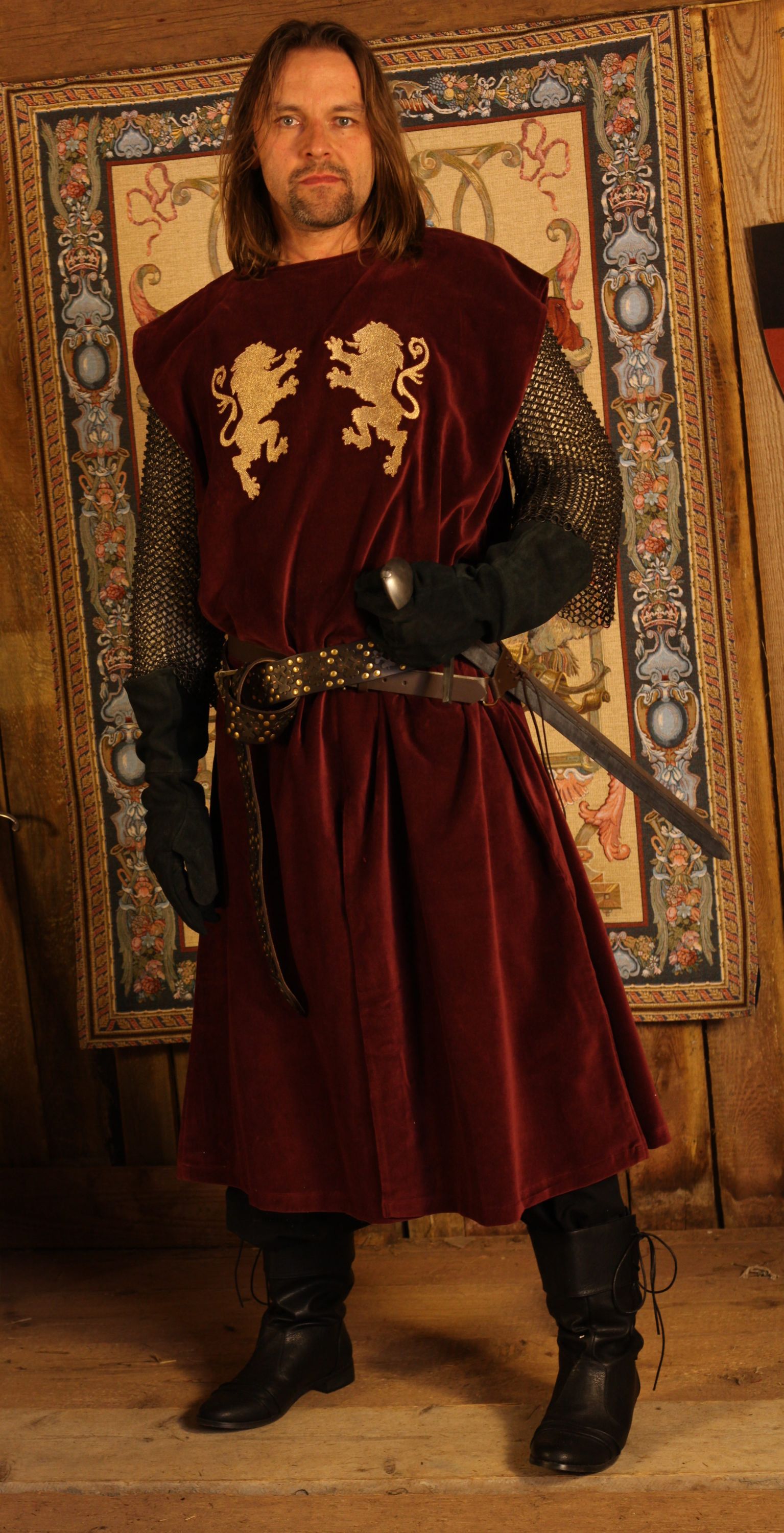

People of higher classes wore velvets, furs, silks, taffeta, cotton, and lace. People of lower classes typically wore clothing made of wool, linen, and sheepskin. Role of Clothing in Shaping Medieval Culture.

Typically, their fashions consisted of long gowns and sleeveless tunics. Peasant women didn’t have enough money to afford clothes that were tailored for them, so they would make their own clothes using the materials and skills they had. Usually, peasant women in the Middle Ages would not dress in the same manner as noble women. When buttons were invented in the 1300s, there were even rules about how many buttons you were allowed to have. For instance, there were laws about just how much fur you were allowed to wear depending on where you were on the social ladder. Sumptuary laws impacted fashion in many ways. Sumptuary laws were laws that were implemented to ensure that everyone kept to their place on the social ladder, influencing what you would be given access to buy or use. Clothing dyes would be made from substances including crushed flowers and berries, and here, too, what you wore would be a reflection of your status: Colors that were more expensive or difficult to make would be worn only by the upper classes, and poorer people would wear more fabrics that were not dyed. In the medieval period, clothing was made by women using silk, cotton, wool, or even horsehair, with more luxurious materials worn by those who could afford them.

Women’s clothing in any time period is partly a reflection of their social status and can influence how they are perceived.


 0 kommentar(er)
0 kommentar(er)
